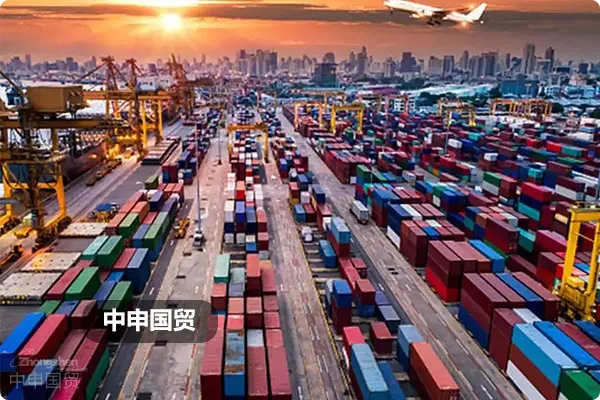- Shanghai Zhongshen International Trade Co., Ltd. - Two decades of trade agency expertise.
- Service Hotline: 139 1787 2118

Evolution and Key Adjustments of Tax Exemption Policies
According to the "Value-Added Tax Law Implementation Regulations" to be implemented in 2025, tax exemptionEquipment ImportsThe policy exhibits three major changes:Dynamic adjustment mechanism of the catalogIntroduce industrial support orientation,The regulatory period has been shortened.Up to 5 years,Violation Penalty StandardsA fine of 30%-50% of the equipment's value shall be imposed. The currently effective tax exemption catalog covers:
- Scientific research instruments (new intelligent detection equipment added in 2025)
- Medical equipment (DRGs-certified equipment preferred)
- Environmental protection equipment (carbon emission monitoring equipment listed separately)
- Major technical equipment (requiring special certification from the Ministry of Industry and Information Technology)
Comprehensive Breakdown of Practical Operation Processes
Professional agency services can reduce customs clearance time by 40% and lower compliance risks by 25%. Key operational nodes include:
- Qualification pre-review stage
- Review of the Compatibility Between Enterprise Nature and Business Scope
- Standardized Processing of Equipment Usage Certification Documents
- Customs declaration stage
- HS Code and Duty-Free Catalog Cross-Verification
- Intelligent Verification System for Technical Parameter Comparison
- Post-clearance supervision stage
- Establish an electronic equipment usage log.
- Process the deregulation application 6 months in advance.
Typical Scenario Risk Prevention and Control
The 2025 audit cases revealed that 65% of violations stemmed from the following scenarios:
- Declaration of mixed-use equipment for separate reporting: A biotech company declared dual-use equipment for R&D and production as fully tax-exempt, resulting in the recovery of unpaid taxes and the imposition of penalties.
- Related-party transaction price distortion: The transaction price of the imported equipment is 20% lower than the international market price, triggering the customs price inquiry procedure.
- Unauthorized change of usage location: The tax-exempt equipment was transferred to an affiliated enterprise without filing, resulting in the revocation of the tax-exempt status.
Economic feasibility assessment model
Taking the import of $5 million worth of equipment as an example:
- Self-declaration model: The total cost is approximately $820,000 (including guarantee deposit interest, compliance consulting fees, etc.).
- Professional agency model: Cost control at $650,000, saving up to 23 working days.
- Anticipated Loss from Non-Compliant Operations: Up to 55% of the equipment value (including back taxes, fines, and credit downgrades).
2025 Agency Service New Standards
Qualified agent institutions should possess:
- Customs AEO Advanced Certification qualification
- National Port Emergency Response Network
- Professional Tax Accountant + Customs Declarer Dual-Core Team
- Intelligent declaration system real-time verification capability
Related Recommendations
? 2025. All Rights Reserved. Shanghai ICP No. 2023007705-2  PSB Record: Shanghai No.31011502009912
PSB Record: Shanghai No.31011502009912










